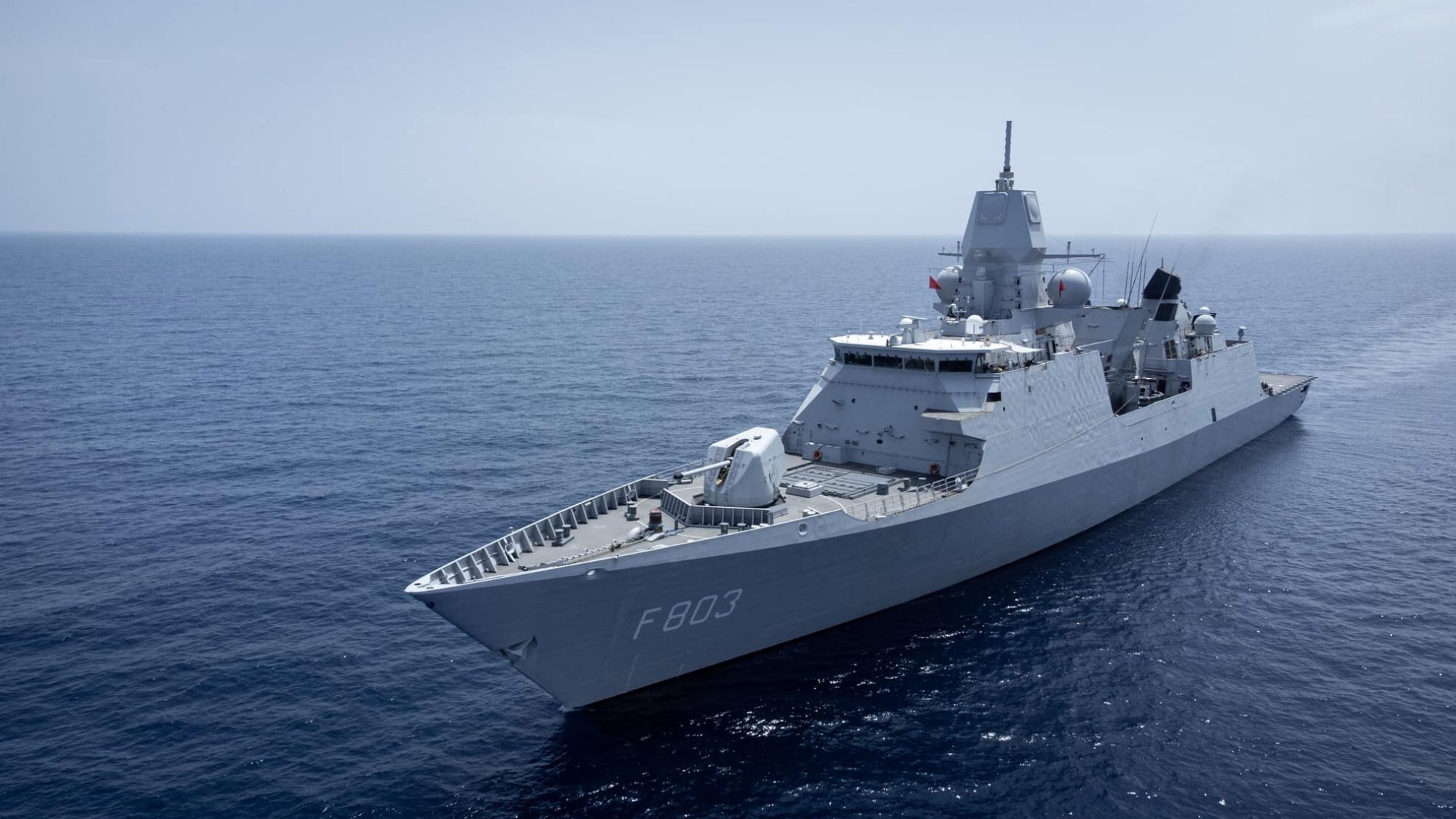China warns against Dutch naval ‘intrusion’, disputes East China Sea encounter
Two Chinese jets and a PLA helicopter then approached the ship’s NH90 maritime combat helicopter while it was on a patrol, the statement said.
“This created a potentially unsafe situation. The incident took place in international airspace,” the Dutch defence ministry said.
“HNLMS Tromp continues its journey as part of Pacific Archer 24 as planned and is now on its way to Japan.”

China’s defence ministry said the Dutch statement “distorted the facts”, and the PLA’s actions were “completely legal and reasonable”.
“It is the Dutch side, not the Chinese side, that has created unsafe conditions. The Dutch side falsely claimed to be executing a United Nations mission, showing off military force in the maritime and airspace under the jurisdiction of other countries, creating tensions, and damaging friendly relations between the two countries.”
The ministry added that it expressed strong dissatisfaction and had “made serious representations”.
“We sternly warn the Dutch side to strictly restrain the actions of its maritime and air forces, and any infringement and provocation will be firmly countered by the Chinese side.”
It is the second time that the PLA has sent fighter jets towards foreign naval ships on a sanctions enforcement mission against North Korea in the international waters off the eastern coast of China.
Timothy Heath, a senior international defence researcher at the Rand Corporation, said China was “sensitive” to the East China Sea because of its proximity to the wealthy and densely populated eastern coast, which has vital shipping lanes and fishing and mineral resources.
However, UN efforts to curb Pyongyang’s nuclear ambitions “inevitably” involve the passage of some foreign ships through the East China Sea, Heath added.
“The Chinese military’s responses are designed to send the message that Beijing views their actions as unfriendly and potentially threatening,” Heath said.
“China’s suspicion of the United States has led Beijing to accuse those countries [enforcing UN sanctions] of secretly harbouring ill intentions against China by sending military platforms into the East China Sea.”
Stephen Nagy, a professor of international relations at International Christian University in Tokyo, said Beijing sees the US and its allies “gaining confidence” to push back against Chinese military activities in the East China Sea.
“By sending PLA fighters to circle a Dutch frigate, they are trying to dissuade the Dutch and other allies from increasing their naval presence and cooperation in the region,” Nagy said.
“North Korea presents a challenge for all in the region. Enforcing sanctions ensures that Pyongyang does not act assertively, which would invite more cooperation between the US, Japan, Korea and other states.”
“These ships are deployed in the Pacific to support the US Indo-Pacific strategy, and China is sending them an indirect warning,” Yoon said. “It is a signal not to needlessly intervene in the military competition between the United States and China in East Asia.”